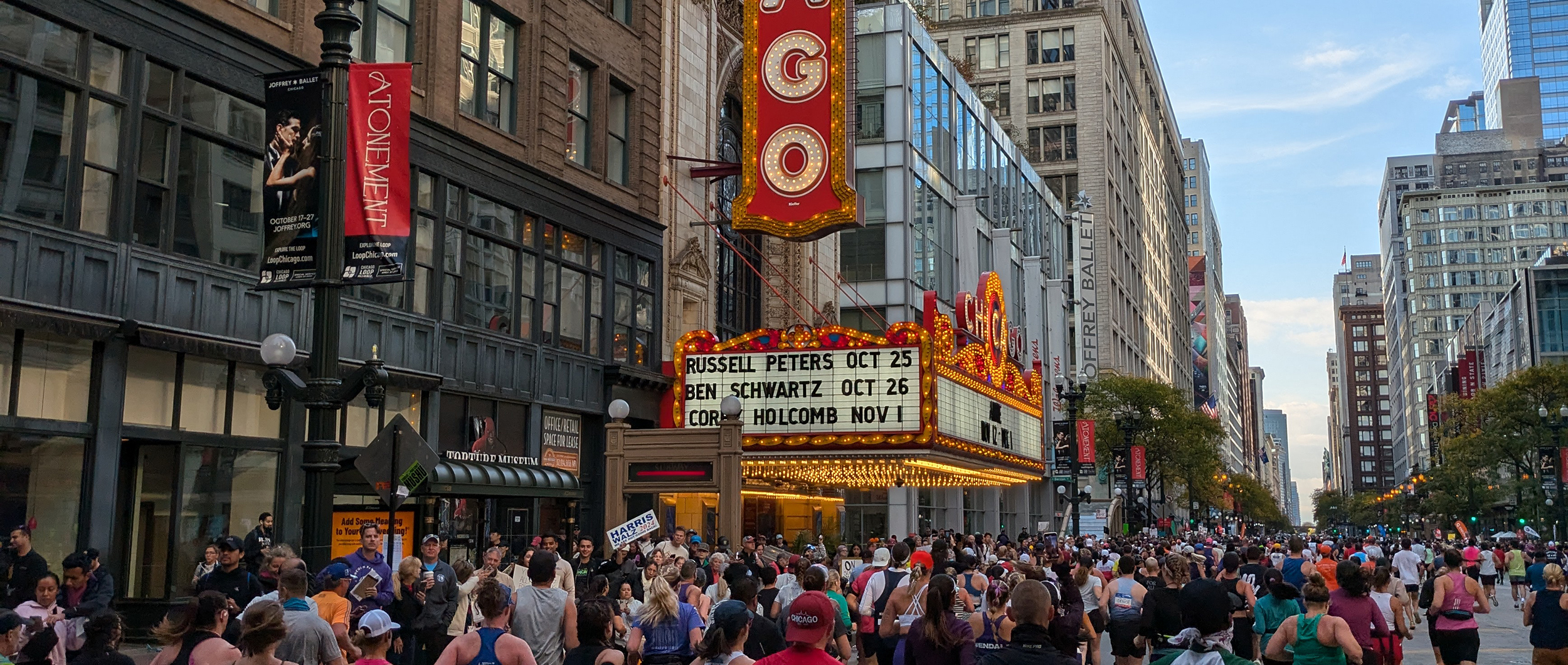News
NEW BIKE FITTING LOCATION!
As I mentioned last week, many of the conversations I have with the athletes I work with around this time of year are centered on their goals for the upcoming season and how we are going to work together to help them have the highest probability of success at achieving those goals.
These conversations always start with an accurate and honest assessment of where the athlete currently is. They also include discussions about the season that is ending, including what went well and what did not go as well as we may have wanted. An important part of that discussion revolves around how specific race days went and how the athlete performed. After seeing many of these analyses unfold over the years, I’ve learned something important about how to approach race day analysis:
It is in the best interests of the athlete if we pause after the race and wait for a bit before we assess how it went.
It’s very tempting to analyze an event very soon after it’s completed and to come up with a list of “to-dos” moving forward. (I’ve observed that this is particularly tempting for athletes if something went wrong during their goal race and/or they didn’t achieve the result or goal that they wanted.) It’s even challenging for me as a coach not to engage in this type of immediate analysis with an athlete, as I want to do one or more of many things: celebrate with them, continue the positive momentum, help provide comfort, and/or provide encouragement.
This being said, I’ve observed that the best perspective and reflections - both from the athlete and the coach - come 10-21 days after the event. Waiting this amount of time to analyze what happened enables athletes to set themselves up for a higher probability of success moving forward, so it’s really worth exercising this patience.
If you’ve been reading my articles for any length of time, you will know that I strongly advocate for timely post-workout and post-race notes. So, this advice might seem contradictory at face value. But in reality, it’s not.
I do strongly believe in timely post-workout and post-race notes. These notes are about what actually happened during the workout or race; they are basically a recounting of the facts of the day. Some of these facts include (but are not limited to):
It’s really important to write down these things soon after a workout or race is completed so that you don’t forget the details of what actually happened during the event. For the most accurate record of what happened, these notes need to be completed on the day the event happens before you go to sleep.
There are so many things that happen in the body during sleep, and memory processing and storage are just two of them. Writing things down, which stores thoughts outside of the physical body and mind, signals to the brain that they are important and should be remembered. If we don’t send our brain that signal that something is important, then the brain discards the information in its sorting process during sleep and doesn’t allocate it for long-term memory preservation. In short, the post-workout or post-race notes you write after the day the event is completed will never be as accurate or as detailed as they could be if they are recorded before you go to sleep on the day that the event took place.
It is important to note that there is an important distinction here: What we write down after a workout or race is objective; it is not influenced by feelings, emotions, or opinions. I’m encouraging you to delay your subjective analysis, which is highly influenced by feelings, emotions, and/or opinions, of a major event until 10-21 days after the event. 10-21 days is the Goldilocks “sweet spot” of “enough time” and “not too much time” after an event to conduct an accurate and honest analysis of how things went and why they went that way.
If you do this (delay your subjective analysis), you will - paradoxically - be more objective about your performance. You will be more strategic in your analysis if there is time and space in between the race and the analysis of it. Effectively, you will be distancing yourself from the emotions - good or bad - that you immediately experienced on the day of the race or in the days after it. So even though this analysis will have emotions tied into it, they won’t be as extreme as they often are immediately following an event.
It’s true that you might be able to immediately decipher if something you did on race day impacted the result (for instance, if you forgot or messed up your hydration and/or fueling during the event), but even if there is a seemingly obvious “culprit” behind the performance, there is value in giving yourself the space to be level-headed in your self-assessment and to allow yourself to come into a space where you will be receptive to feedback from others (such as a coach). This is especially true for feedback that may be hard to hear.
While my advice here applies to events that go well as well as events that don’t go well, this advice to wait 10-21 days is especially important for athletes who do not hit their goal and/or have a disappointing performance. The emotions that we feel when we fall short of something we set out to do is very much like an ocean - vast, expansive, and full of waves. Perhaps most of all, these emotions are often very uncomfortable.
I get it. It’s not pleasant when we don’t achieve a goal we set for ourselves or when we don’t do something we expected to do. But these days can - and will - happen. It’s important to learn how to “ride the wave” of the emotions that accompany them. I’ve watched many, many athletes (consciously or unconsciously) try to avoid feeling these emotions or to distract themselves from feeling these emotions. Here are just a few ways this manifests:
While these things (or similar things) might feel good and/or productive in the short-term, they are ultimately distracting and impairing in the long-term. When these behaviors are engaged with, they are purely emotional. There isn’t much - if any - honest or practical analysis about why things unfolded the way they did. As a result, the probability of a similarly disappointing outcome occurring again is higher.
Part of becoming a wise and mature athlete is accepting all of the performances and emotions that come along with being an endurance athlete. Learning to ride the discomfort of disappointment and how to effectively and productively process those emotions is an incredibly valuable skill and is the mark of an experienced and mature athlete.
Once you do ride the discomfort of disappointment and process the emotions you’re feeling, you will be in a much better place to be able to make decisions about how to best move forward toward your future goals. You will be making decisions based on facts, not feelings. And facts are our friends, both in life and when it comes to planning for endurance sports training.
While disappointing outcomes do tend to tempt athletes into immediate analysis, good outcomes can have the same effect. When something goes well, it feels A-MAZ-ING. And it’s natural to want to hold onto those good feelings as long as possible.
Elation can be just as poignant of an emotion as disappointment, and similarly, it can cloud one’s vision. Analyses conducted in the presence of this sunny haze tend to be overly optimistic. It can be hard to detect exactly what specifically caused something to go well when one is in the post-event high of a goal achieved and a job well done.
Allowing time for these emotions to subside is just as important and effective as learning to ride the discomfort of disappointment. No matter what the result is - good or bad - there is a lot of value to be had in learning how to deal with the extreme emotions that accompany an event and then how to move beyond them.
In the 21st Century, we’ve become so accustomed to finding answers NOW. Want to know the definition of something? You’ll have it in 2.5 seconds after you ask Google. Want to see something funny? The algorithms of YouTube and TikTok are here to provide it for you as soon as you open their apps. Want to know where your kid or your spouse is? No need to interact with them or even send them a message and wait 1-2 agonizing minutes for a response; just look for their dot on the “Find My Phone” app.
The highest-quality things in life are not things that get handed to us NOW. Along the same lines, the highest-quality analysis of and perspective on your performance along with the development of quality actionable items to propel you forward toward your goals will not happen immediately after an event. Only by waiting and giving yourself time and space away from the event can you have a truly objective analysis that will yield you a higher-quality trajectory over the long run.



































































































Have a question or ready to get your TRAINING started?
Fill out our Contact Form to the right and we will get back to you shortly!